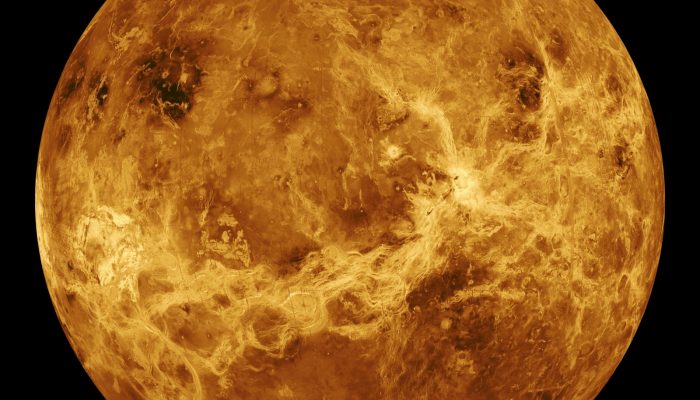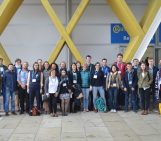
Exoplanets without plate tectonics could harbour life, contrary to previous belief
For a planet to be habitable, it needs a stable climate. On Earth, the movement of tectonic plates ensures old crust is recycled and new crust is created and weathered. This cycling of rock consequently overturns the planet’s carbon, which keeps the climate in check.
While we have plate tectonics on Earth, many other rocky planets have what is called a ‘stagnant lid’. In this system, there is one solid plate wrapped around the planet, and the mantle circulates beneath it. The same recycling processes found on Earth don’t occur in these stagnant lid planets, preventing regulation of the carbon cycle and generating an inhospitable climate, or so scientists thought.
It is often claimed that plate tectonics is a requirement for a habitable climate, but research presented at the EGU General Assembly in Vienna suggests that some of these stagnant lid planets may be habitable after all.
Volcanic activity on stagnant lid planets could provide enough fresh rock for weathering to operate like it does on Earth, suggests Bradford Foley, a geologist from Pennsylvania State University in University Park, Pennsylvania. This means that simply burying the crust by lava flows could recycle enough CO2 to regulate the climate.
In their early history, the rocky surfaces of stagnant lid planets release gases that form an atmosphere. These young planets are also peppered with volcanoes that produce fresh, weatherable rock. Combined, these processes create a carbon cycle and, if the conditions are right, they can maintain a stable climate for long periods of time.
By modelling processes on stagnant lid planets that are similar in size to Earth, Foley was able to work out what conditions would create a habitable climate. The balance lies in striking the right amount of degassing, the process in which volcanoes release gas into the atmosphere. Not enough would lead to full surface glaciation, as too thin an atmosphere would make the planet extremely cold. On the other hand, too much degassing would generate a thick, CO2-rich atmosphere, leading to an incredibly hot environment.
There are two planetary budgets to take into account: carbon and heat. “We found a sweet spot, around Earth’s total amount of carbon to an order of magnitude less than that,” says Foley. That’s about 10 times less carbon than there is in Earth’s atmosphere, mantle and crust combined. Much lower, and there’s not enough of an atmosphere to keep the planet warm.
The other important consideration is the planet’s heat budget. As radioactive elements decay, they produce heat, and the more of these heat-producing elements a planet has, the bigger its heat budget. If a stagnant lid planet has fewer heat-producing elements than Earth, volcanic activity dies off pretty quickly and the planet cools off. “Without volcanism, the planet would most likely freeze over,” Foley adds. The more heat-producing elements there are, the longer volcanism can last. This means that, potentially, habitable climates could last longer too.
“Planets with two to two and a half times the heat budget for Earth can have potentially habitable climates lasting for three to four billion years, plenty enough time for developing life,” Foley explains.
According to Foley, the model could be used to guide future exoplanet missions. If we know how old a planet is and have information on its heat budget we can work out its chances of being habitable, says Foley. Both of these can be worked out using observations from Earth and could be used to create new targets for planetary exploration.
Lena Noack, a planetary scientist and Junior Professor at Free University Berlin who was not involved in the study, shared her thoughts on the research: “it shows, even though plate tectonics would typically always be considered as a better indicator for habitability, stagnant lid planets do not need to be ruled out. A good example is Mars; it was locally habitable early on in its history, but if it would just be a little bit larger, of Earth size as in Foley’s study, it is not difficult to imagine that it would be quite a habitable place at present day.”
By Sara Mynott
References:
Foley, B. Climate Stability and Habitability of Earth-like Stagnant Lid Planets. EGU General Assembly. 2018.
Foley, B. and Smye, A. Carbon cycling and habitability of Earth-size stagnant lid planets. arXiv:1712.03614v1. 2017.




